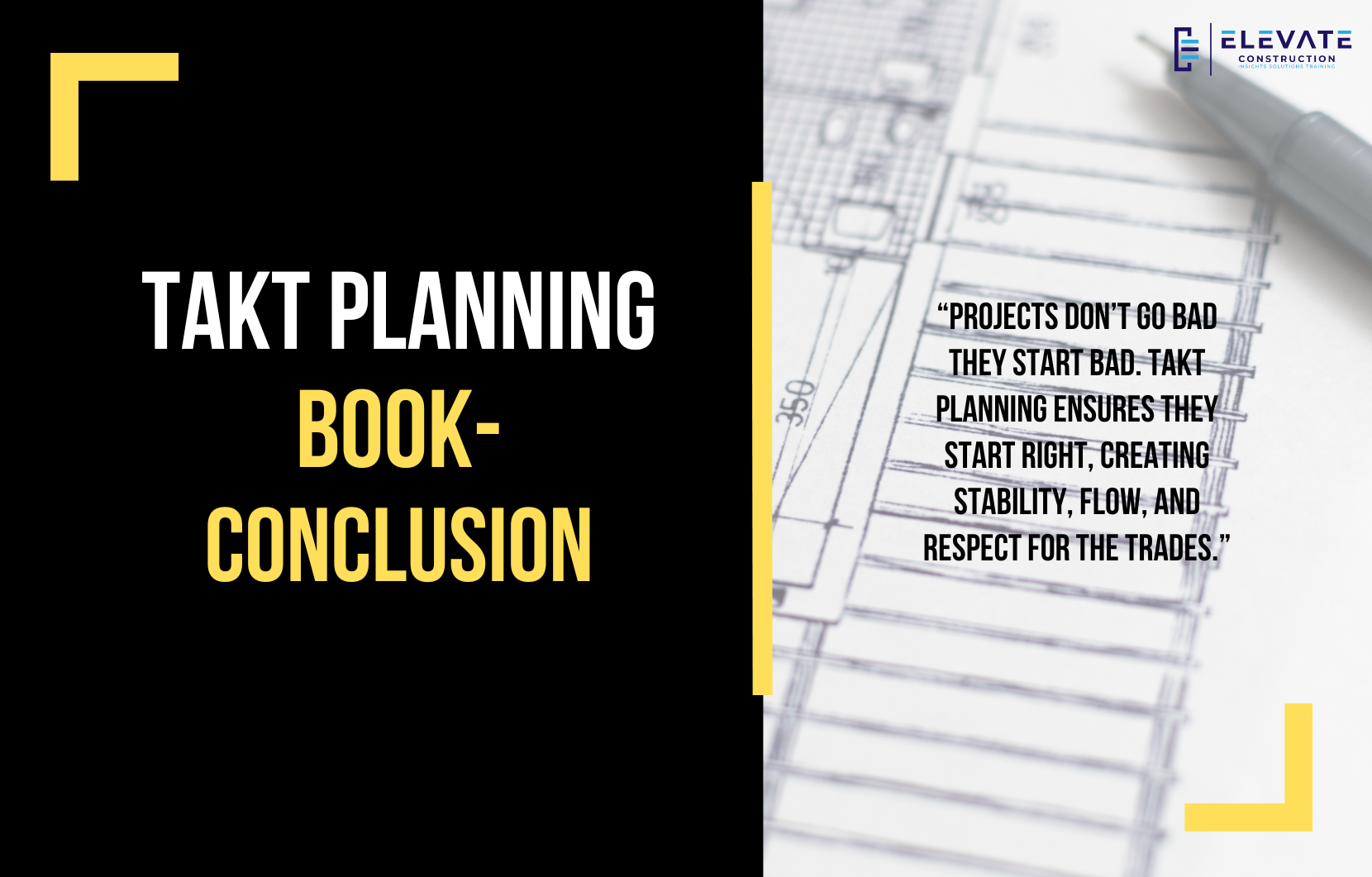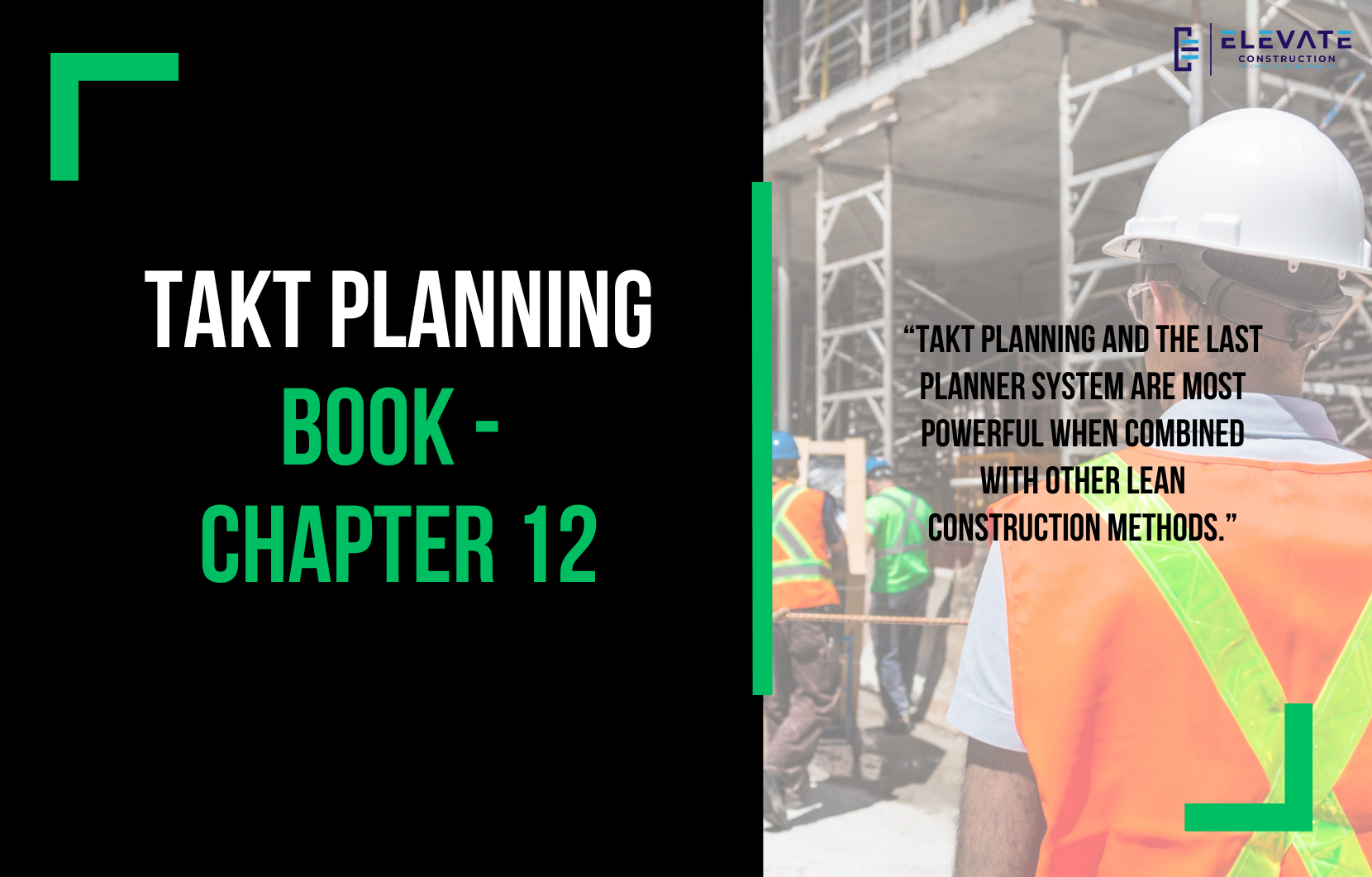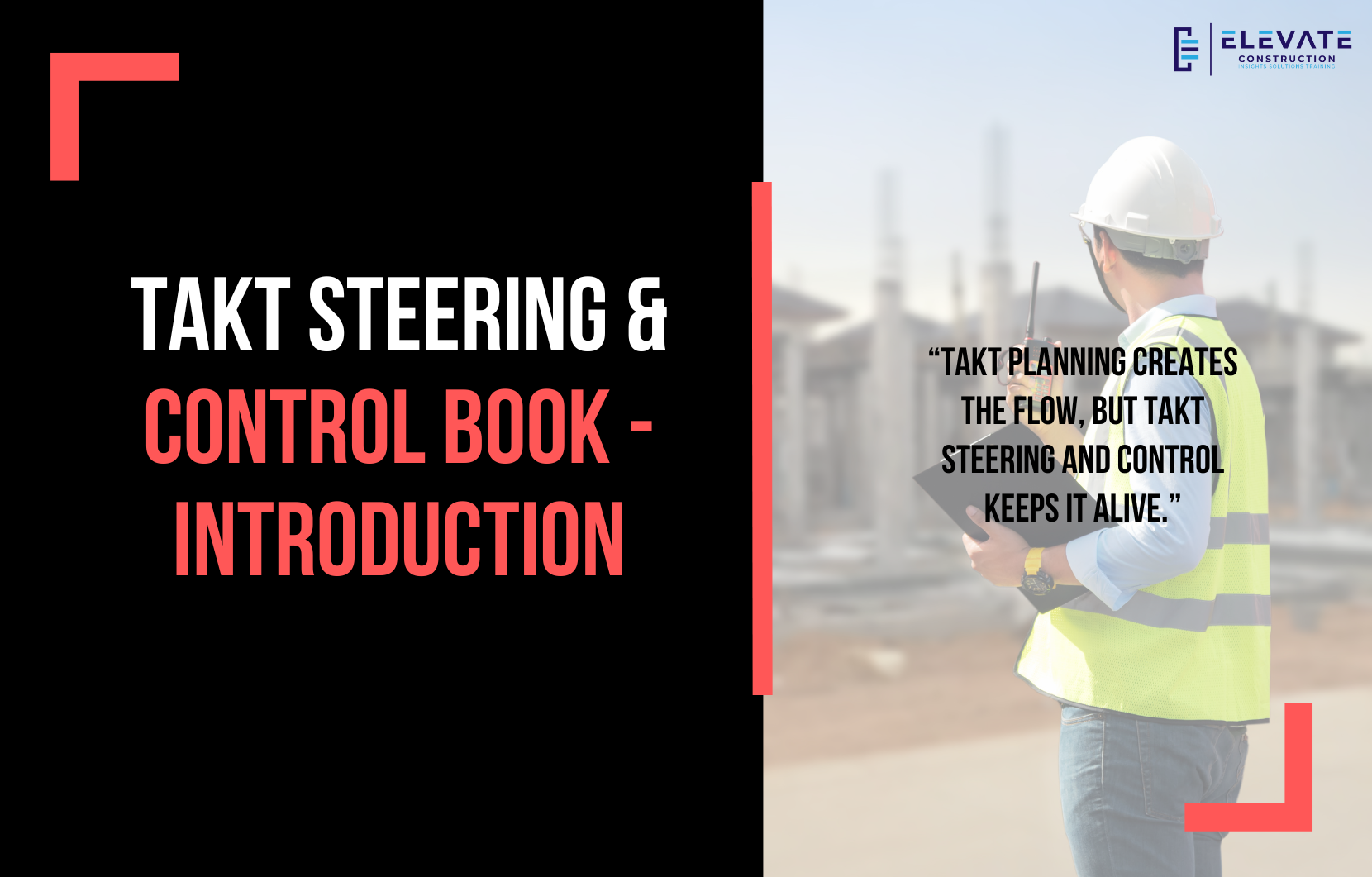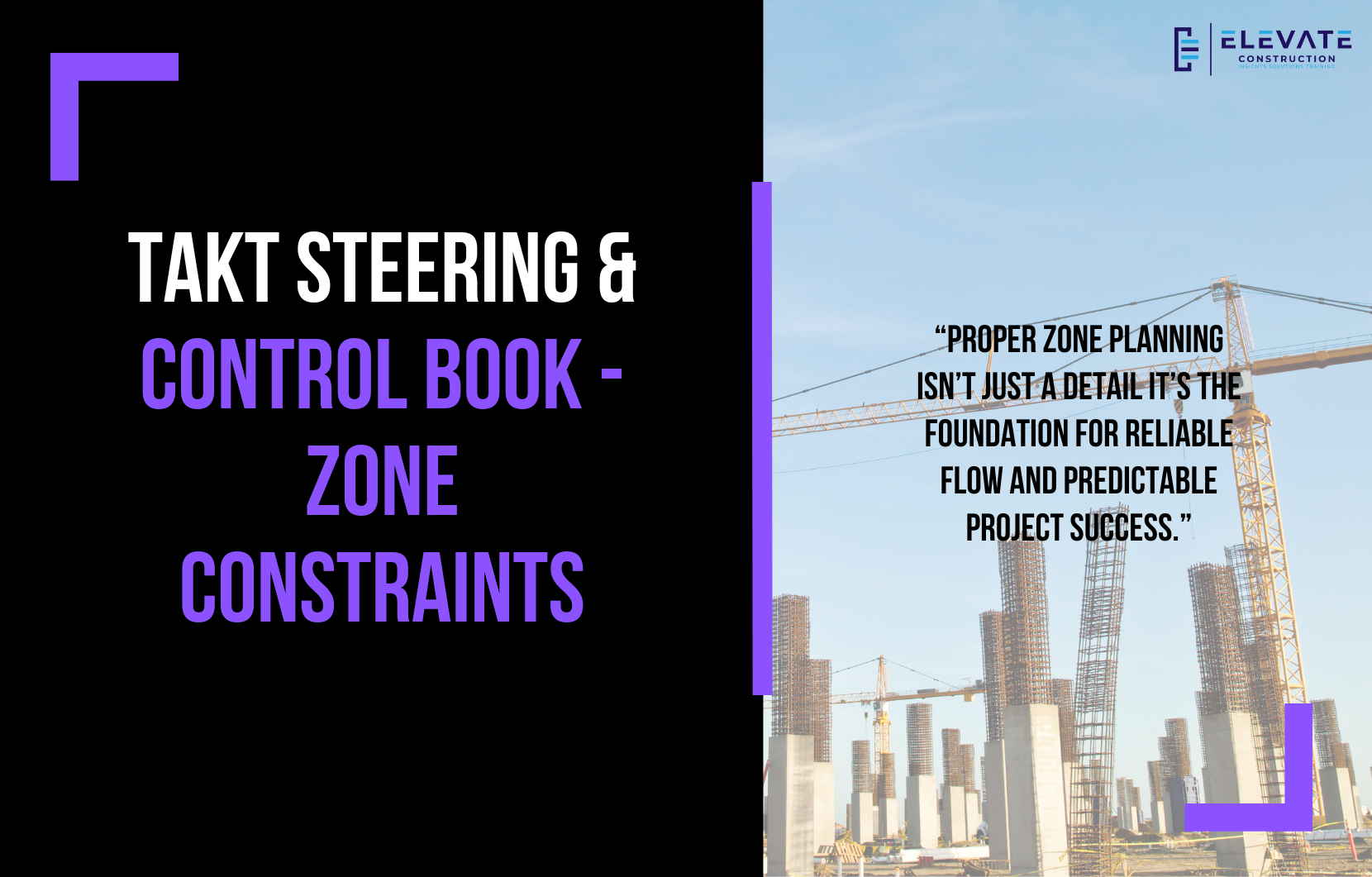I am going to dive into the Last Planner System, but I will probably do it in a couple of sittings. The reason is simple: I want to take the transcript and turn it into a detailed, visual Last Planner manual that explains the system the right way.
We just published a manual about Takt and CPM, and how they coexist, and that resource is already growing with revisions. My goal is to do the same for the Last Planner System because most of the industry references are still based on documents from 5, 10, 15, even 25 years ago. That is far too long without real updates. If Last Planner is a lean system, then like all lean systems, it should evolve and stay current.
So, let’s talk through the Last Planner System. At its core, it runs on three things: key meetings, key deliverables, and key behaviors. It is designed to respect people, enhance collaboration, and empower trade partners, the “last planners,” to make reliable commitments on a short cycle using a visual, collaborative environment.
The Core Cycle of the Last Planner System
You know you have the Last Planner System implemented when you see this structure in place:
- A cadence of meetings that include master schedule review, pull planning, look ahead planning, weekly work planning, and daily huddles
- Deliverables that flow including the master schedule, pull plans that identify collaborative sequences, six week look ahead plans, weekly work plans, and daily work plans
- Continuous feedback where commitments are tracked through Percent Plan Complete, handoffs are monitored, and reasons for variance are analyzed to drive improvement
The master schedule defines milestones. From those milestones, teams pull plan. Pull planning creates a realistic sequence of work, confirming both what the project needs and what trades need to succeed. That pull plan then becomes the production plan.
From there, the team filters out a six week look ahead to surface roadblocks, followed by a weekly work plan where trade partners make promises to one another. Those commitments form handoffs that can be tracked. Done correctly, PPC should rise above the 15 to 40 percent typical of CPM driven projects and reach over 80 percent, even approaching 100 percent with Takt.
Each day, foremen meet for a daily huddle to create the day plan. If a promise is missed, a short root cause analysis identifies whether the reason was a temporary roadblock or a permanent constraint. Those insights drive improvement.
Why CPM Cannot Anchor Last Planner
One of the biggest issues today is pairing Last Planner with CPM. Based on thousands of schedules analyzed, CPM does not account for trade flow, zones, or buffers. Milestones are inaccurate, durations are unrealistic, and batch planning is the default.
Here is what happens when you base Last Planner on CPM:
- Pull plans are built around massive areas instead of manageable zones
- Six week look aheads fail to reflect actual trade flow
- Weekly work plans are built from scratch by foremen, wasting time and breaking alignment with milestones
- Reasons for variance are misunderstood because the underlying schedule is flawed
In practice, projects rarely act on their variance analysis because CPM does not measure real flow. The result is frustration, missed promises, and wasted meetings.
Why Takt and Last Planner Work Together
When paired with Takt, everything changes.
- Milestones are correct because phases are designed for flow
- Pull plans are accurate because they are done zone by zone
- The production plan is reliable because it includes buffers
- Look aheads are aligned vertically with milestones and horizontally with trade flow
- Weekly work plans filter directly from the production plan, eliminating wasted time and improving commitment quality
- PPC can reach 80 to 100 percent because promises are attainable and flow is maintained
Updates the Last Planner System Needs
From my perspective, here are the updates that must be made:
- PPC targets should be 100 percent, not 80 percent. With Takt based plans, hitting 100 percent is realistic, not sandbagging.
- Reasons for variance must be divided into constraints, which are permanent systemic issues, and roadblocks, which are temporary.
- Daily huddles should be held the day before, not in the morning when crews are already mobilized.
- Weekly work plans should be filtered from pull plans, not invented from scratch each week.
- Pull plans should always be taught as zone based, not by large phases.
Moving Forward
This is just the start. In future blogs, I will walk through specific documents like the Lean Builder, the Last Planner System Workbook, facilitator’s guides, and benchmark articles, updating each with corrections and practical improvements.
Some people have said that making these updates only confuses the industry. I disagree. What truly confuses people is leaving outdated, incomplete guidance in circulation for decades. We need Last Planner to evolve, to scale, and to actually reflect the reality of trade flow and reliable production.
This series of blogs will aim to un confuse and clarify, so that teams have the tools they need to run Last Planner the right way.
On we go.
Key Takeaway
The Last Planner System must evolve. When paired with Takt and updated practices, it becomes a reliable flow based planning system that achieves 100 percent commitments and drives real continuous improvement.
If you want to learn more we have:
-Takt Virtual Training: (Click here)
-Check out our YouTube channel for more info: (Click here)
-Listen to the Elevate Construction podcast: (Click here)
-Check out our training programs and certifications: (Click here)
-The Takt Book: (Click here)
Discover Jason’s Expertise:
Meet Jason Schroeder, the driving force behind Elevate Construction IST. As the company’s owner and principal consultant, he’s dedicated to taking construction to new heights. With a wealth of industry experience, he’s crafted the Field Engineer Boot Camp and Superintendent Boot Camp – intensive training programs engineered to cultivate top-tier leaders capable of steering their teams towards success. Jason’s vision? To expand his training initiatives across the nation, empowering construction firms to soar to unprecedented levels of excellence.
On we go









 If it’s about designing the tracks or managing the train itself, that’s Steering.
If it’s about designing the tracks or managing the train itself, that’s Steering.
